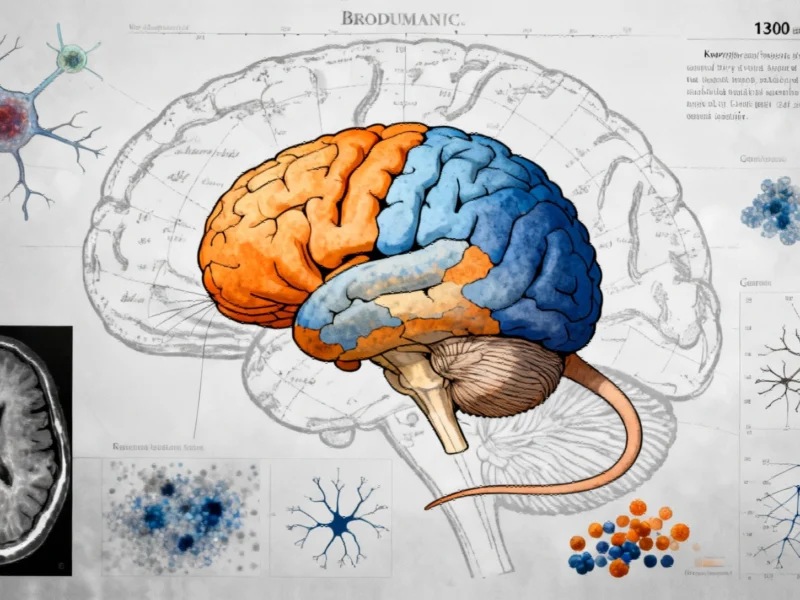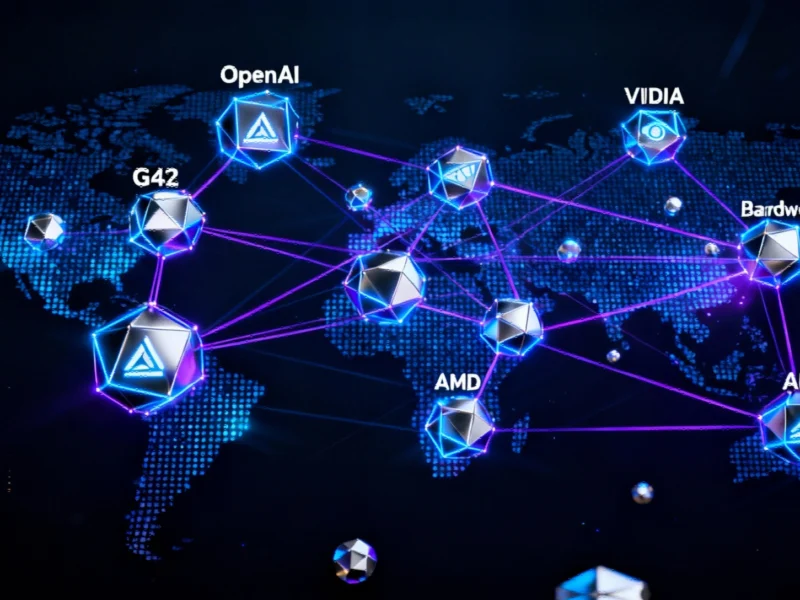Revolutionary AI Transforms Neuroanatomy
A groundbreaking artificial intelligence system, reminiscent of advanced language models like ChatGPT, has dramatically reshaped our understanding of brain organization by identifying approximately 1,300 distinct regions within the mouse brain—including previously uncharted territories with unknown functions. This remarkable achievement represents one of the most detailed brain maps ever created and signals a potential paradigm shift in how neuroscientists approach brain cartography. The development builds upon earlier AI-powered brain mapping breakthroughs that have been pushing the boundaries of neuroanatomical research.
From Brodmann’s Legacy to AI-Powered Discovery
The history of brain mapping dates back to Korbinian Brodmann’s seminal 20th-century work, where he painstakingly divided the human cortex into 52 areas based on microscopic examination of brain tissue. For over a century, this framework guided neuroscience, with subsequent updates incorporating additional data types like brain scans and gene expression patterns. The 2016 human cortex map, for instance, expanded this to 180 defined areas. However, these efforts largely depended on human expertise and visual interpretation—a limitation that becomes increasingly problematic as datasets grow exponentially in size and complexity.
“The challenge of transforming massive neuroanatomical data into useful representations has become overwhelming, even for experts with extensive prior knowledge,” noted researchers involved in the project. This data deluge mirrors similar challenges faced in other fields, such as the complex grid reliability concerns emerging from clean energy transitions that require sophisticated analytical approaches.
CellTransformer: The AI Neurocartographer
The revolutionary system, dubbed CellTransformer, emerged from a collaboration between University of California, San Francisco and the Allen Institute. Unlike previous mapping approaches, this AI learned to recognize patterns in how brain cells relate to each other by analyzing enormous datasets detailing gene activation patterns throughout the entire brain. The algorithm processed over 200 mouse brain slices containing approximately nine million cells, effectively teaching itself the architectural principles of brain organization.
Study author Bosiljka Tasic beautifully captured the significance of this advancement: “It’s like going from a map showing only continents and countries to one showing states and cities. Based on decades of neuroscience, these new regions correspond to specialized brain functions waiting to be discovered.” This level of detail could accelerate discoveries much like how recent breakthroughs in Parkinson’s research have opened new therapeutic avenues by understanding molecular interactions at unprecedented resolution.
The Brain Architecture Tower
Modern neuroscience conceptualizes brain organization as a multi-layered “tower” of complexity:
- Genetic Foundation: The base level where all brain cells share the same genetic blueprint, with mutations potentially leading to neurological disorders
- Transcriptomic Layer: Where gene expression patterns create unique cellular signatures, captured through spatial transcriptomics
- Connectomic Level: How neurons wire together functionally, studied by initiatives like the MICrONS consortium
- Behavioral Scale: Where neural activity translates to observable behavior
This multi-scale approach reflects similar comprehensive strategies seen in other technological domains, such as major semiconductor manufacturing investments that require coordination across multiple technological layers and substantial computational resources.
Uncharted Territories and Future Implications
Perhaps most excitingly, the AI identified mysterious brain domains with completely unknown functions—essentially creating a “discovery pipeline” for neuroscientists. These uncharted regions represent new frontiers in brain research, potentially housing specialized functions that have eluded detection through conventional methods. The algorithm also revealed an elusive layer in the motor cortex that had previously escaped detailed characterization.
The implications extend beyond basic neuroscience. As with educational initiatives bridging industry and academia, these mapping technologies could train the next generation of neuroscientists in data-driven discovery. Furthermore, the legal and ethical dimensions of AI-driven discovery are becoming increasingly relevant, much like the intellectual property considerations emerging in AI content generation.
A New Era of Brain Exploration
This AI-driven mapping breakthrough represents a fundamental shift in neuroanatomy, moving from human-centric observation to computational discovery. As datasets continue growing through advanced microscopy and affordable genetic sequencing, machine learning approaches will likely become indispensable for making sense of brain complexity. The identification of 1,300 brain regions—including mysterious new domains—provides neuroscientists with an unprecedented roadmap for exploring brain function in health and disease.
The financial and computational resources required for such endeavors are substantial, reminiscent of the massive institutional investments needed to support cutting-edge research programs. As these AI tools continue evolving, they promise to unlock deeper understandings of neurological disorders, cognitive processes, and ultimately, what makes brains—both mouse and human—tick at the most fundamental level.
Based on reporting by {‘uri’: ‘singularityhub.com’, ‘dataType’: ‘news’, ‘title’: ‘Singularity Hub’, ‘description’: ‘News and Insights on Technology, Science, and the Future from Singularity Hub and Singularity University. Follow along as we delve into the future.’, ‘location’: {‘type’: ‘place’, ‘geoNamesId’: ‘5375480’, ‘label’: {‘eng’: ‘Mountain View, California’}, ‘population’: 74066, ‘lat’: 37.38605, ‘long’: -122.08385, ‘country’: {‘type’: ‘country’, ‘geoNamesId’: ‘6252001’, ‘label’: {‘eng’: ‘United States’}, ‘population’: 310232863, ‘lat’: 39.76, ‘long’: -98.5, ‘area’: 9629091, ‘continent’: ‘Noth America’}}, ‘locationValidated’: False, ‘ranking’: {‘importanceRank’: 342645, ‘alexaGlobalRank’: 60425, ‘alexaCountryRank’: 25465}}. This article aggregates information from publicly available sources. All trademarks and copyrights belong to their respective owners.



